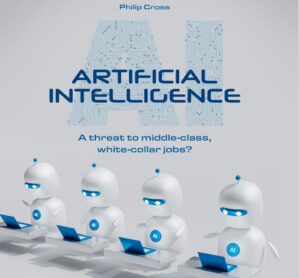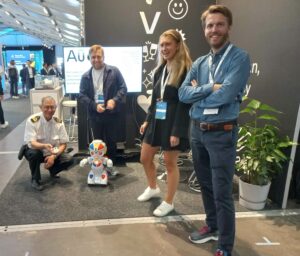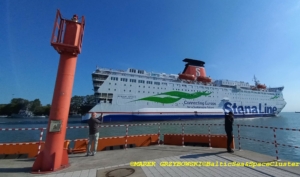
By Marek Grzybowski
The Clarksons Green Technology Tracker study from May indicates that shipowners have committed a significant amount of tonnage investment to low-carbon technologies. Ships with engines adapted to use two or three types of fuel are increasingly ordered by operators and now account for 48% of the total order backlog. This means that operators will launch 843 ships with LNG installations on the market in the near future, according to Clarksons experts.
Ships with LNG systems are still popular with operators. Hence their large share in order portfolios. Shipowners gained experience in their operation, shipyards in the production of ships with gas-powered engines, and ports mastered the procedures for bunkering them from land and water.
A large fleet of ships with LNG systems is already in operation, including several ferries built at Remontowa Shipbuilding for a recipient from Canada and electric ships for Norway, Finland and Iceland from CRIST and Remontowa Shipbuilding. There are 362 ships adapted to use LNG in the seas and oceans.
Clarksons experts estimate that about 5 thousand. various types of technologies to save fuel and reduce emissions of harmful substances have been installed. On the other hand, 48% of the order book includes ships with systems using alternative fuels, with 191 ships equipped with engines adapted to burn ammonia in their contracts.
In Green Technology Tracker Clarksons calculates that by 2025 the share of ships with engines using alternative fuels will reach 6.5%. Today, it is estimated that a total of 5.5% of the merchant fleet is powered by alternative fuels, while in 2017 only about 2.3% of merchant ships used alternative fuels in their engines. It was mainly LNG.
LNG systems on ships dominate
“LNG is characterized by a tried and tested technology, a well-functioning supply chain and interchangeability in other applications,” emphasizes Nicola Contessi, a research fellow at the York Center for Asian Research in Toronto, specializing in shipping and transport, in Maritime Executive. He points out that the reduction of LNG imports by EU countries from Russia has strengthened these benefits.
Nicola Contessi has calculated that LNG fuels 93% of the active fleet using alternative fuel engines and 57.5% of the contracted fleet. As an example of the increase in demand for green fuels, he cites the sale of a bunker in Rotterdam in the second quarter of 2023. Indeed, the port of Rotterdam has seen an increase in demand for green fuels.
The percentage share of sales in Rotterdam of alternative fuel bunkers (including all bio-mixtures, LNG and methanol) increased by 10% in the quarter, compared to 7% in the first quarter. Demand for bunkering biofuels increased significantly in the second quarter of this year, after a drop in demand recorded in the first quarter.
S&P Global notes that “biofuels have become a popular choice among shipowners looking to decarbonise [ships in operation – MG], providing a drop-in solution that requires little or no ship modernization.”
Methanol, ammonia, hydrogen
Methanol is another fuel fleet operators rely on. The fuel can be used after the ship is rebuilt, or even better, when the installation is installed during construction. The solution is not as common as ships with LNG systems.
A limitation in the dissemination of methanol in ship propulsion systems is the poor adaptation of ports to handle this type of vessel. Ships capable of safely bunkering are not widely available at destination ports. The infrastructure that allows methanol to be bunkered from the quay is also not very developed.
Ammonia as a marine fuel still raises numerous concerns and objections. This is due to the fact that bunkering technology has not been extensively practiced and mastered. Therefore, the conditions and procedures for safety and environmental protection are not known.
Hydrogen on large ships is still the melody of the future. We already have the first solutions behind us. Hydrogen-powered ships have been introduced by leading technological countries, but these are still experiments at taxpayers’ expense.
Not (new) technologies
The green revolution on ships is not limited to the search for alternative fuels. Shipowners are looking for ways to save fuel consumption, often introducing several technical improvements.
Clarksons estimates that Energy Saving Technology (EST) has already been applied to more than 6,250 ships, representing 27.3% of the fleet (by deadweight).
The most commonly used are various types of propeller nozzles (>2000), modernized rudders (>1600), Flettner rotors (>20), rigid sails and spinnakers (>12), air lubrication systems for the hull (>350).
Not very new technology, but still not always common. Today, they are used more and more often, when shipowners have chosen to save fuel. Since the “slow steaming” system has already exhausted its possibilities, the time has come to dig up proven technical solutions and introduce new fuels.
The combination of many technical solutions is also a challenge for design offices as well as production and repair shipyards. The course for green ships is already set and the movement to introduce environmentally friendly solutions is accelerating. The green revolution in shipping is a fact and is gaining momentum.


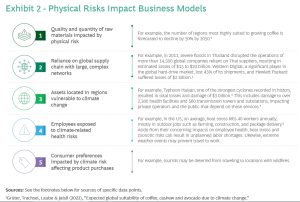
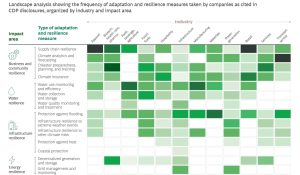
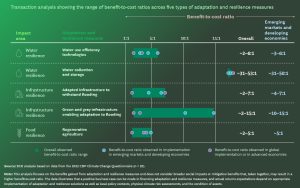
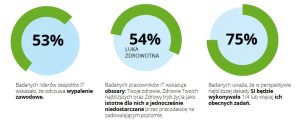
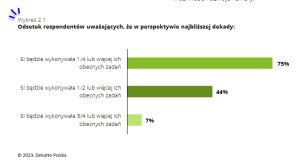
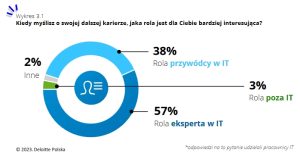
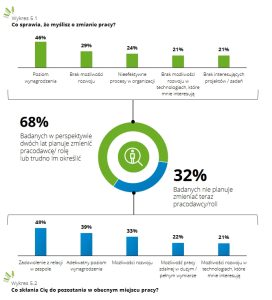

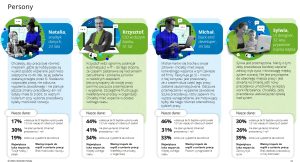

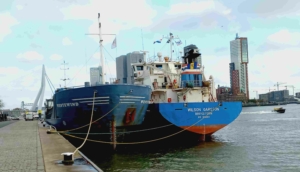
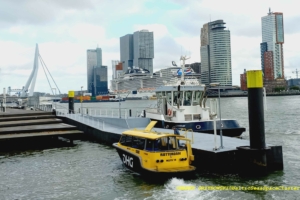

 By Marek Grzybowski
By Marek Grzybowski